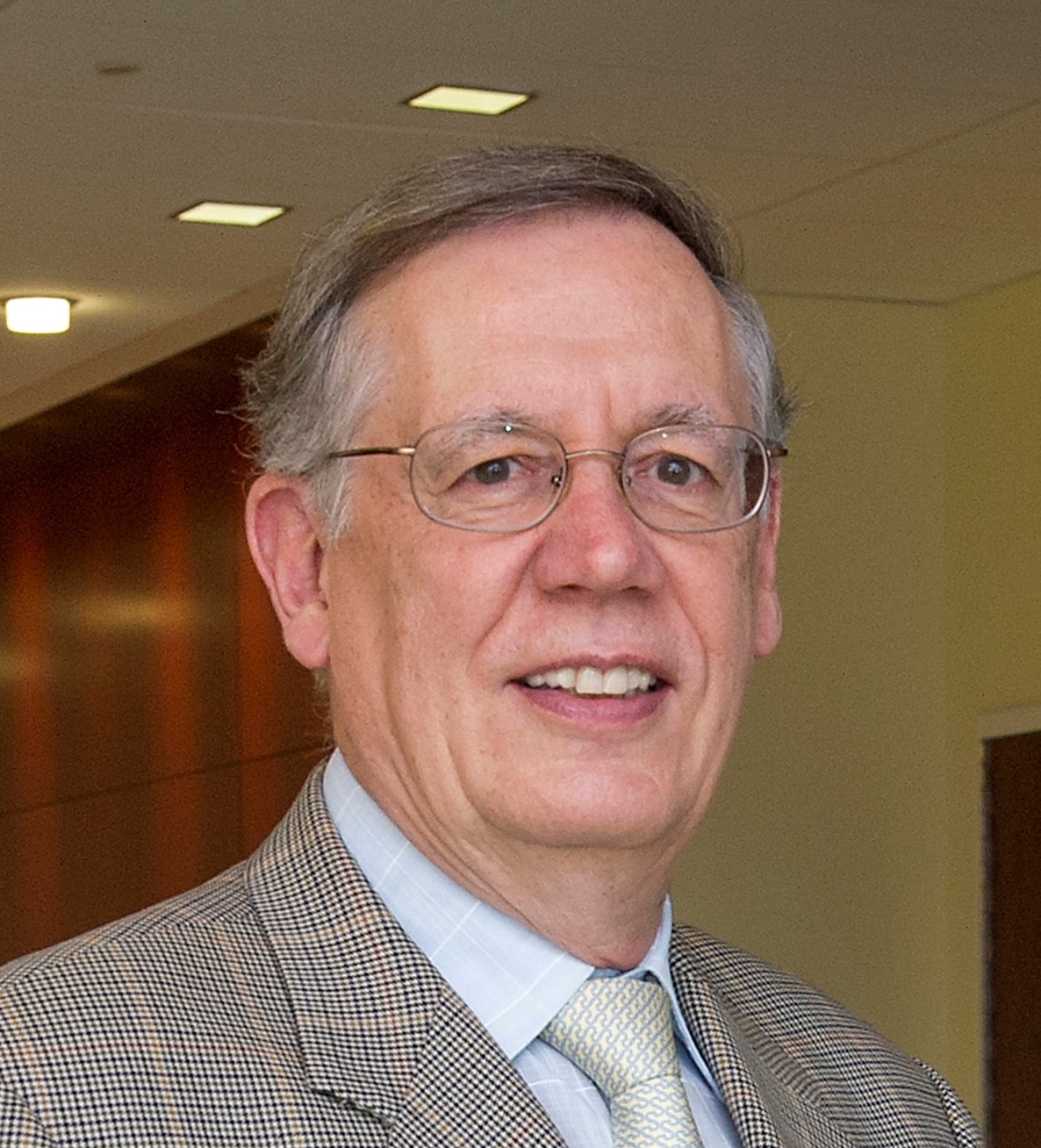
EMILIO MENDEZ
Professor
Physics and Astronomy
emilio.mendez@stonybrook.edu | (631)-632-8065, Physics B-142
Curriculum Vitae. (Last updated: 2025 Aug 21)
Biography
Emilio Méndez has a B.Sc. degree from Universidad Complutense de Madrid and a Ph.D. in Physics
from the Massachusetts Institute of Technology. Before joining the Department of Physics
and Astronomy in 1995, he worked for 16 years at the IBM T. J. Watson Research Center.
From 2003 to 2006 he was the Director of the Department’s Undergraduate Program. Between
2006 and 2020 he was the Director of the Center for Functional Nanomaterials and then
the Director of the Energy Sciences Department at Brookhaven National Laboratory.
His scientific contributions to physics and applications of electronic nanomaterials
have been recognized with prestigious distinctions and international awards, including
the Foundational Fujitsu Award on Quantum Devices and the Prince of Asturias Prize
for Science and Technology. He is a Fellow of the American Physical Society and a
Foreign Member of the Royal Spanish Academy of Sciences.
Research Statement
Emilio Mendez’s research focus is on semiconductor nanomaterials and their application
to novel electronic and optoelectronic devices. He has contributed to the fundamental
understanding of the properties of semiconductor nanostructures and has opened new
research directions whose impact has reached as far as atomic physics and the telecommunications
industry.
Mendez’s seminal work on the effects of an electric field on a confined semiconductor has provided the scientific basis for essential components in optical data communications. In 1982, he showed that the application of an electric field to a semiconductor quantum well shifts its energy levels and changes spatially its electronic wavefunctions. He recognized the possibilities of this effect (often called the quantum-confined Stark effect) for optoelectronic applications. The Stark effect that Mendez proposed and demonstrated is the fundamental mechanism behind quantum-well modulators in electro-absorption modulated lasers widely used in telecommunications and datacom products. After a longstanding theoretical controversy about the Wannier-Stark ladder in solids, using optical spectroscopy, Mendez experimentally demonstrated its existence in semiconductor superlattices as well as electric-field induced Wannier-Stark localization. These results, which evidence in a direct and elegant way the wave-nature of electrons in solids, has stimulated atomic physicists, who have extended those concepts to optical superlattices.
In the area of electronic transport, Mendez was the first to confirm the fractional quantum Hall effect at 1/3 and 2/3 filling factors. He was the first one to observe Hall quantization in electrons at 1/5 filling factor and integer Hall quantization in a system of coexisting electrons and holes. He has carried out many “firsts” in resonant-tunneling phenomena in semiconductor nanostructures as well, including the observation of resonant tunneling of holes; resonant magneto-tunneling; and resonant tunneling through indirect-gap barriers.
Mendez’s group has also elucidated the shot noise properties of electrons (or holes) in the hopping-conduction regime. Although this transport mechanism had been studied extensively, its noise properties were not known until Mendez’s work. The group demonstrated that shot noise is reduced relative to that of a Poissonian process, and that the reduction depends on the length of the sample, with a characteristic length that measures the inhomogeneity of hopping transport. His group also has proved wrong a theoretical prediction that the shot noise of all devices that exhibit negative differential conductance (NDC) should be drastically enhanced in the NDC region, regardless of the physical origin of the NDC. In an elegant experiment, his group has shown that in a resonant-tunneling diode it is the microscopic accumulation of charge, and not just the presence of NDC, that determines the enhancement of shot noise. This result could be instrumental to elucidate the potential profile that determines electronic transport in future molecular devices.


